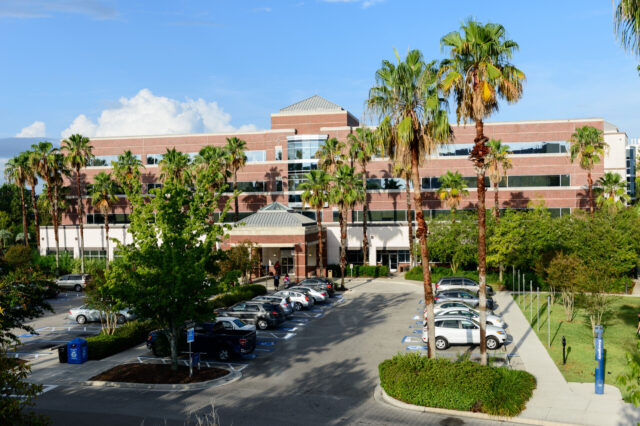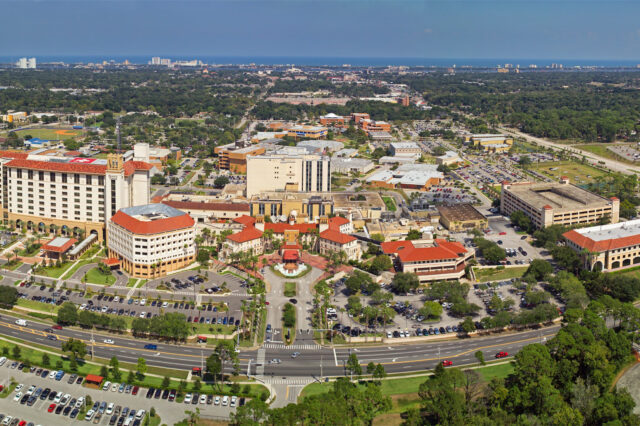What is benign prostatic hyperplasia?
Benign prostatic hyperplasia, or BPH, sometimes called benign prostatic hypertrophy refers to enlargement of the prostate gland that can obstruct the flow of urine from the bladder. This condition tends to be more common and symptomatic in older men. Often this condition is simply referred to as an enlarged prostate. BPH itself may not require any treatment, but if it begins to cause symptoms, treatment may help.
What is the cause of benign prostatic hyperplasia?
The exact cause of BPH is unknown. The enlarged prostate causes lower urinary tract symptom, or LUTS, by direct bladder outlet obstruction and increased resistance to urine flow. Development of moderate to severe LUTS symptoms may progress to acute urinary retention. As the levels of testosterone and estrogen decrease, the prostate tissue may enlarge, leading to urinary symptoms. Other factors that may contribute to BPH include genetics, inflammation and obesity.
Who is at risk for BPH?
- Men over the age of 50 as the risk for BPH rises with age
- Men whose fathers had BPH
- Men who are overweight or obese
- Men who don't stay active
- Some men with erectile dysfunction (ED)
What are the symptoms of an enlarged prostate?
The symptoms of an enlarged prostate can vary in severity, and they may include:
- Difficulty starting urination
- Weak urine stream
- Dribbling at the end of urination
- Frequent urination, especially at night
- Urgent need to urinate
- Inability to completely empty the bladder
- Urinary tract infections, or UTIs
When should someone seek treatment for BPH?
The most important motivation for treatment intervention is the severity and degree of bother related to any symptom. The goal of treatment is relief of symptoms that significantly impact quality of life.
In rare cases, BPH can lead to bladder outlet obstruction. Bladder outlet obstruction can cause chronic kidney disease. BPH with chronic kidney disease is a strong indication to perform BPH treatment.
What are the treatment options for BPH?
Options for BPH treatment include:
- Watchful waiting: If the symptoms are mild, our urologists may recommend monitoring the condition without treatment.
- Medical therapies including alternative medicines: There are many medications that can help reduce BPH symptoms. These medications help by relaxing the muscles in the prostate gland and improving the flow of urine.
- Minimally invasive procedures: There are a number of minimally invasive techniques to treat BPH. They may use heat, cold or lasers to destroy or remove some of the prostate tissue, relieving the symptoms of BPH.
- Laser Enucleation of the Prostate, also known as Holmium Laser Enucleation of the Prostate, or HoLEP: UF Health Urology has expertise in performing HoLEP procedures. It is one of the most effective and long-lasting treatments for an enlarged prostate.
- Prostatic Urethral Lift, or PUL, also known as UroLift: PUL uses a needle to place tiny implants in the prostate. These implants lift and compress the enlarged prostate so that it no longer blocks the urethra. PUL may be done with either local or general anesthesia. With this treatment there are no cuts in the body and tissue is not destroyed or removed. Many men with enlarged prostates and urinary symptoms are good candidates. There are fewer ejaculatory side effects with this, compared to other types of prostate surgery. MRI can still be done if you had a PUL. Current studies have evaluated five years of treatment with PUL and future studies may help to determine long-term durability.
- Other minimally invasive treatments: transurethral incision of the prostate, or TUIP, Water vapor thermal therapy, or Rezum.
- Surgery: Normally more invasive therapies are reserved for patients that have moderate to severe symptoms and for patients that have developed urinary retention related to obstruction. In these cases, it may be necessary to remove part or all of the prostate gland.
Urologic evaluation often includes a careful prostate exam with a prostate specific antigen, or PSA test, to screen for prostate cancer and a review of a voiding diary. Further evaluation may include an assessment of voiding function and cystoscopy depending on risk factors. Need for treatment intervention can then be discussed and guided by your urologist.
What are the surgical options to treat BPH?
Most men who have prostate surgery have significant improvement in urine flow rates and symptoms.
- Transurethral resection of the prostate, or TURP: This is the most common and most proven surgical treatment for BPH. TURP is performed by inserting a scope through the penis and removing the prostate piece by piece.
- Photoselective vaporization, or PVP: This is a way to vaporize prostate tissue with a high-powered laser. Because this method causes very little blood loss it is particularly useful in men with a higher risk of bleeding, such as those taking blood-thinning medications or those with weak hearts.
- Transurethral vaporization of the prostate, or TUVP: This is a procedure where a resectoscope is inserted into the urethra and a tool sends out an electrical current to destroy prostate tissue. Heat from the electrical current vaporizes prostate tissue and seals small blood vessels, reducing the risk of bleeding. Men with larger prostates who wish to avoid more-invasive surgery may be good candidates for TUVP.
- Laser enucleation of the prostate, or HoLEP, ThuLEP: This is a procedure where a laser is used to remove the entirety of the BPH tissue. No incisions are needed and there is very little bleeding. Men with any size prostate, including extremely large ones, who wish to avoid more-invasive surgery may be good candidates for this treatment. Men with a higher risk of bleeding, such as those taking blood-thinning medications, may also be good candidates for laser enucleation.
- Simple prostatectomy, or open, laparoscopic and robotic assisted laparoscopic: This procedure removes the inside part of the prostate gland. It is done through a surgical cut in your lower belly. This is typically offered to men with the largest of prostate glands and is usually done using a robot. Patients likely stay in the hospital for a few days after surgery and your activities will be limited for several weeks. A catheter will usually be needed for one to two weeks while you heal.
Why choose UF Health for your care?
At UF Health, our team of urologists is dedicated to providing the best possible care for patients with BPH. We offer the latest diagnostic and treatment options, including minimally invasive procedures and advanced surgical techniques, to ensure that our patients receive the most effective and least invasive treatment possible.
In addition to our expertise in BPH, UF Health is a leader in urologic research and innovation, with ongoing clinical trials and collaborations with other leading institutions. Our team of experts is committed to staying at the forefront of the latest developments in urology to provide the best possible care for our patients.
Managing and treating enlarged prostate






